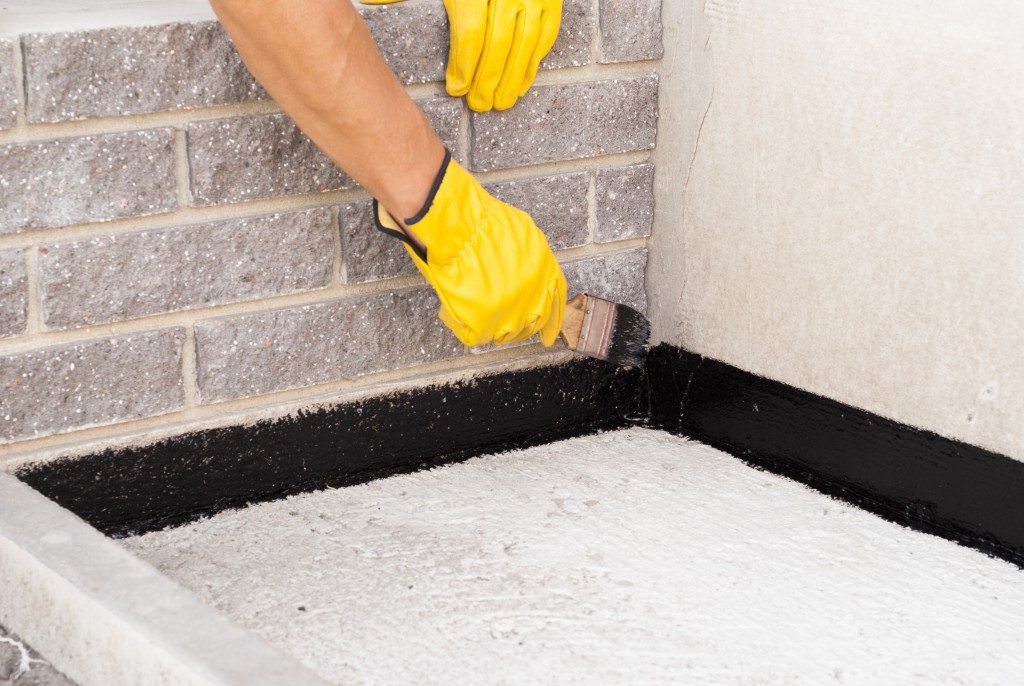Waterproofing a building is an important procedure to avoid moisture absorption and penetrations through its surface. It is usually applied in basements, bathrooms, kitchens, and other areas at home that are prone to moisture.
In effect, it will lessen the risk of premature damage and the formation of mold and mildew. One of the most commonly used waterproofing material in buildings and other structures is cementitious waterproofing membranes.
Different waterproofing methods
There are different waterproofing methods that are used by home builders and contractors. All of these methods aim to lessen the occurrence of moisture and water damage that can affect a building’s structural integrity. Among these popular waterproofing methods include the following.
Cementitious waterproofing
This is said to be the most convenient waterproofing method used in many construction projects. It uses readily available materials that are easy to apply and mix. This waterproofing method is commonly used in areas that are prone to frequent wetness and moisture such as the bathroom. Aside from that, this waterproofing method is also used for other purposes, such as:
- Water and sewage treatment plants
- Dams and bridges
- Cargo docks and ports
- Tunnels and parking lots
Bituminous waterproofing

This type of waterproof coating is also known as asphalt coating and is a popular protective waterproof coating. It is made from bitumen material which should not be exposed to sunlight as it can be prone to brittleness. It is commonly used for concrete surfaces.
Polyurethane liquid waterproofing method
It is commonly used for flat roofs and can be an expensive waterproofing method. Polyurethane material can be highly prone to moisture. That is why it is important to check the concrete’s moisture content first. Otherwise, the waterproofing material may peel off prematurely.
Liquid waterproofing method
It involves using a coating that is composed of a primer coat and two layers of topcoats and then applied by roller or spray. This type of waterproofing method is said to be more flexible than cementitious waterproofing.
Benefits of waterproofing cement and concrete structures
For one thing, adding a waterproof coating on cement and concrete surfaces can help extend its life and ensure the structure’s durability and integrity. In some locations, adding waterproof coating is required by the local building standards.
Water and any kinds of moisture can weaken a concrete or cement structure. That is why applying a waterproof coating is important to extend the structure’s appearance and integrity. At the same time, it will also protect the concrete’s interior structure from early erosion and rusting.
Waterproofing structures can also prevent the formation of molds and mildew. Just the same, it will help preserve the structure’s integrity. Plus, apply waterproofing can reduce the time and cost to maintain the structure. Basically, the waterproof coating can help keep the structure easier to clean.
More importantly, waterproofing a structure, including the flooring and walls can increase the structure’s total property value. For one thing, having a waterproofed sub-flooring is a plus point among home buyers. Meaning, they won’t have to worry about water issues that can compromise the overall condition of the structure.

